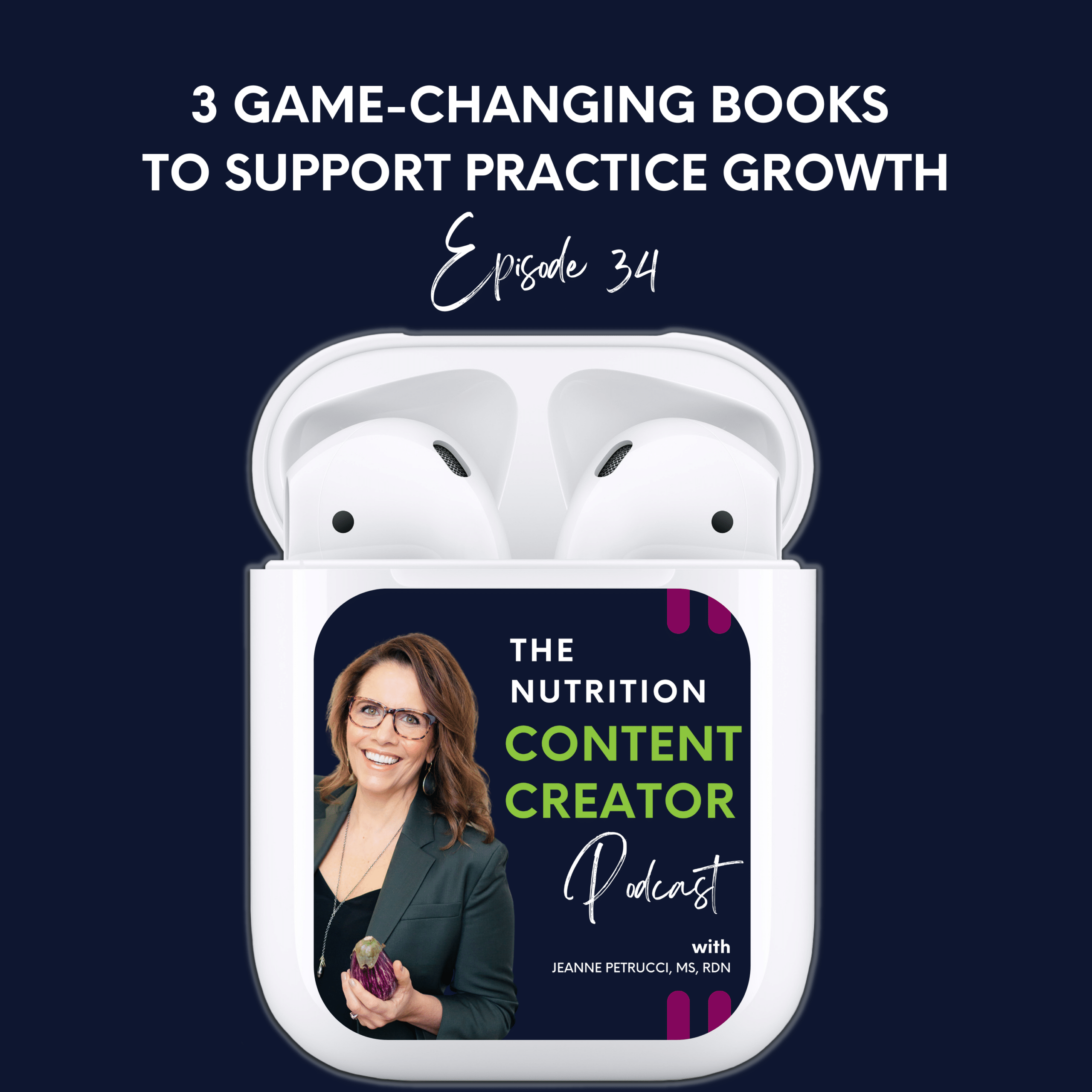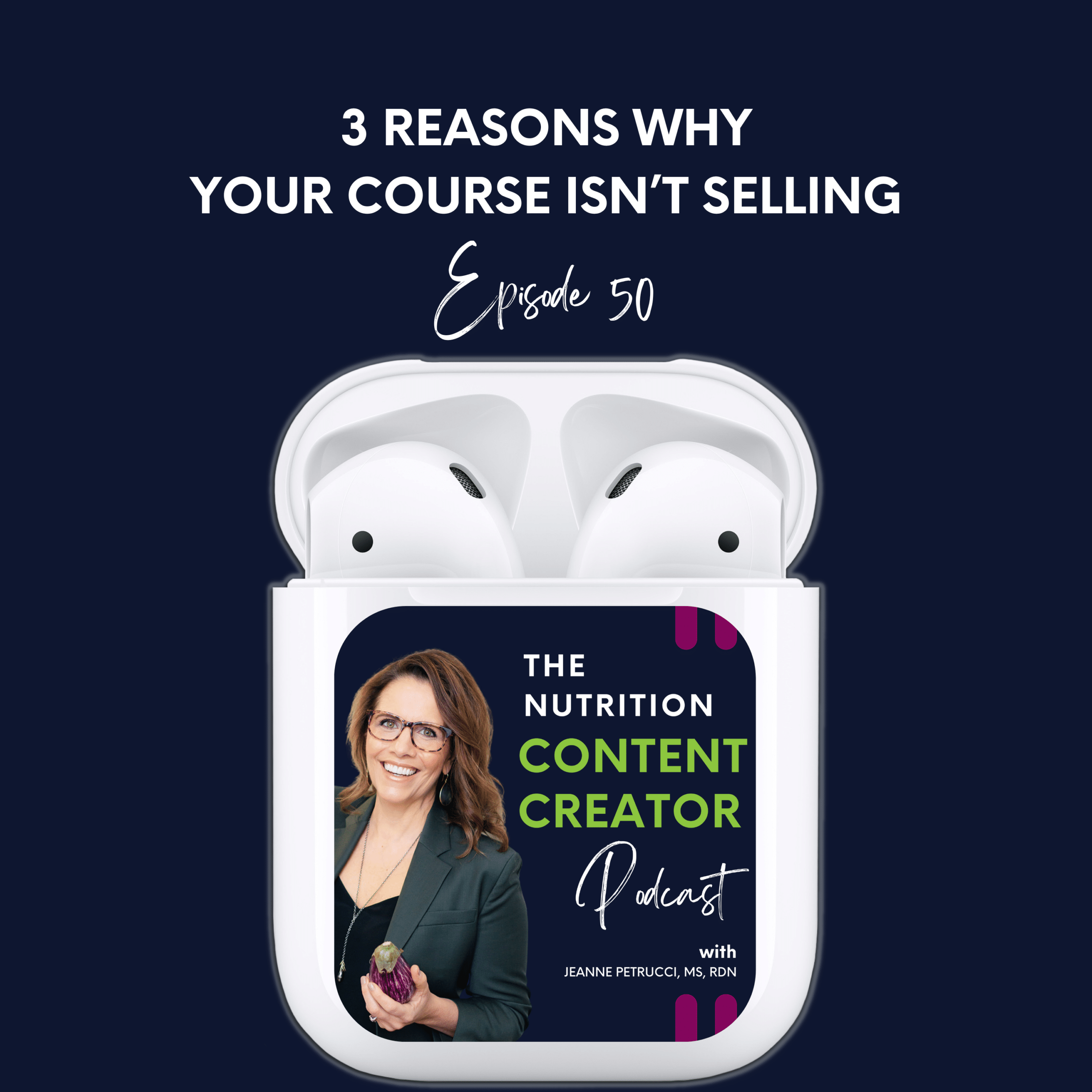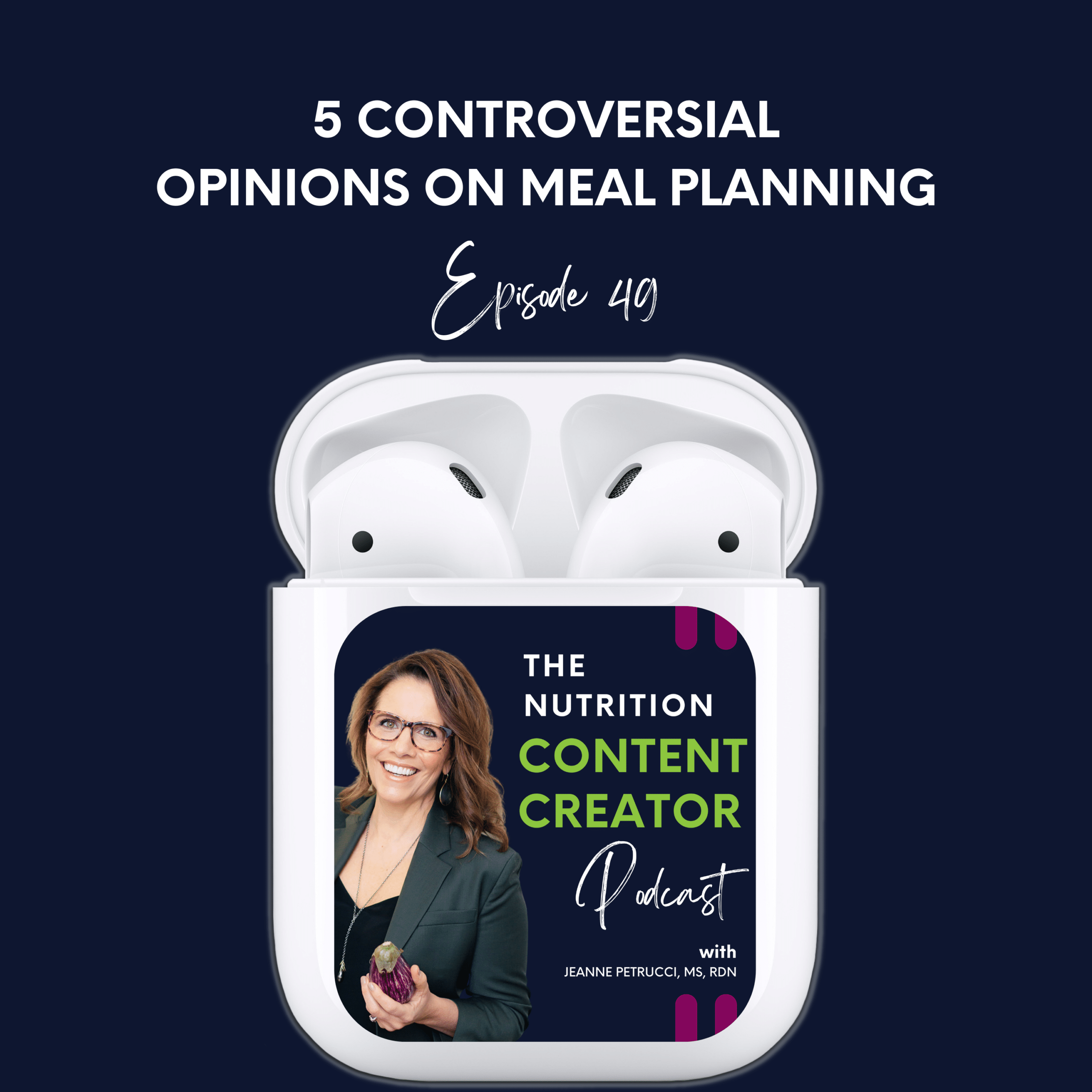34. 3 Game-Changing Books to Support Practice Growth

There are three books that are always within reach on my desk, that I have not only read but refer to often. They are dog-eared, highlighted, and littered with notes.
None of these books are about building a private practice. They’re about broader business and marketing strategies, about foundational principles that can propel the growth of ANY business, including yours. These are books that business coaches draw on to sell you expensive coaching programs – so why not start by spending less than $100 for all of them?
Whether you’re just starting or looking to scale your practice, the principles in the books we will talk about today can offer you a fresh perspective and actionable strategies to help your practice thrive.
I wish I had read these resources when I was actively growing my practice but either some were not available yet or I didn’t see them as valuable to what I was trying to accomplish.
These books should be required reading for anyone looking to attract, serve, and retain clients – the three tenants I mention often that are necessary for you to build a thriving practice.
For each one of these resources, I will offer you a summary of the core content, how it is relevant to our industry, and an action you can take in your practice drawn from principles presented in each book.
We’ll cover:
- Blue Ocean Strategy, by W. Chan Kim and Renée Mauborgne
- Building a Story Brand, by Donald Miller
- $100M Offers, by Alex Hormozi
Blue Ocean Strategy
This book had such a profound impact on the trajectory of my business. I published an entire podcast about it and the impact it had on my business – you can listen to Episode #4 for details.
The Concept of Blue Oceans
Defining Blue and Red Oceans: The book contrasts two types of market spaces: ‘Red Oceans’, where competition is fierce in existing market space, and ‘Blue Oceans’, which represent untapped, new market spaces.
Key Strategy: The core idea is to move away from the cutthroat competition of Red Oceans by creating new demand in Blue Oceans. This is achieved through innovation, offering something unique that renders the competition irrelevant.
Red Ocean Examples in Nutrition Practices
General Weight Loss Coaching: A very common area in nutrition with intense competition. Practitioners offer standard weight loss programs, often using similar dietary guidelines and approaches.
Basic Dietary Planning: Offering general meal planning services without any specialization. This service is widely available and often competes heavily on price.
Generic Health and Wellness Coaching: Broad, non-specific wellness coaching that encompasses standard nutrition advice, without differentiating based on unique client needs or demographics.
Blue Ocean Examples in Nutrition Practices
Nutrition for Athletes: Specializing in dietary planning and health management for athletes, focusing on cognitive enhancement, energy management, and overall health in a high-stress environment.
Gut Health Specialization for Autoimmune Disorders: Focusing on gut health and its impact on autoimmune diseases, offering personalized nutrition plans based on cutting-edge research in microbiome health.
Nutrition for Genomic Profiles: Providing nutrition counseling based on individual genomic profiles, offering highly personalized dietary advice that aligns with the client’s genetic predispositions and health goals.
Plant-Based Transition Coaching: Specializing in helping individuals transition to a plant-based diet, with a focus on athletes, those with specific health conditions, or environmental concerns.
Nutrition for Aging Populations: Tailoring nutrition advice for seniors or aging adults, focusing on maintaining muscle mass, bone health, cognition, and managing other age-related health issues through diet.
Culinary Nutrition for Food Allergies: Combining culinary skills with nutrition knowledge to create personalized, allergy-friendly recipes and meal plans, ideal for clients with specific food intolerances or allergies.
Relevance to the Nutrition Industry
Competitive Landscape in Nutrition: In the nutrition field, many professionals find themselves in Red Oceans, competing on the same services, approaches, and client demographics.
Identifying Blue Oceans in Nutrition: The opportunity lies in identifying unmet needs or client groups, developing new services, or approaching nutrition and health in innovative ways that are not currently being addressed.
Differentiation is Key: Differentiation is critical to creating a Blue Ocean, not just in services but also in how your services are communicated and delivered.
Actionable Advice: Applying the Blue Ocean Strategy in Nutrition
- Assessing the Current Market: Assess your current market space. Are you competing in a Red Ocean? What are the commonalities in services, approaches, and client types?
- Finding Your Blue Ocean: Brainstorm to identify gaps in the market. This could involve niche services, unique delivery methods, unique content, and offers, combining nutrition with culinary instruction, or targeting a client base that is currently underserved.
- Innovation and Experimentation: The Blue Ocean Strategy encourages innovation, perhaps by integrating technology, focusing on unique dietary needs, or collaborating with other wellness professionals to offer comprehensive and novel packages. Experiment with some innovations that you can get comfortable with.
- Test and Learn: Start small with new ideas, get feedback, and iterate. Finding a Blue Ocean is a process of exploration and learning.
In your Content Cure bundle this week I am including our Blue Ocean Strategy workbook. In it, you’ll find plenty of direction for discovering and creating your own Blue Ocean practice.
Building a Story Brand
“Building a StoryBrand” introduces a seven-part framework designed to help you clarify your message using the principles of storytelling. This framework revolves around understanding the journey of the customer (or client) as the hero of a story, with you acting as their guide.
Elements of the Framework:
- A Character (The Client): Identifying the client and their needs.
- Has a Problem: Understanding the specific challenges faced by the client.
- Meets a Guide (You): Position yourself as the guide offering a solution.
- Who Gives Them a Plan: Developing a clear plan or pathway to address the client’s needs.
- Calls Them to Action: Encouraging the client to engage with the service.
- That Helps Them Avoid Failure: Highlighting how failing to address their nutritional needs can affect their health.
- And Ends in Success: Showcasing successful outcomes and transformations.
In podcast Episode #5 I talk more about this framework and provide you with a resource for building it out. I can’t tell you how many times per week I refer to my framework – whether it’s for sales pages, ad copy, emails, or business proposals. It is an invaluable business document!
When you position the client or potential client as the “hero” of the story, as Miller suggests, you are putting into action a client-centered approach – a term we hear often in the health and wellness space.
Client-Centered Approach: In the nutrition industry, creating a narrative and plan that centers around the client’s health journey can be more effective than simply promoting services. It’s about understanding and addressing the specific health goals, challenges, and aspirations of each client.
Relevance to the Nutrition Industry
Storytelling can be an authentic way to attract, serve, and retain your ideal clients.
Attracting Clients
- Instead of leaning on traditional advertising methods where services and your expertise are highlighted, lean into the power of client success stories or even your own to draw new clients to your practice. These stories, rich in personal experiences and transformations, will resonate more deeply with potential clients.
- Your brand story plays a crucial role here. It encompasses the essence of why you started your practice, your unique approach to nutrition and health, and the distinct qualities that set you apart. A compelling brand story doesn’t just inform; it creates a connection, sparking interest and drawing clients who resonate with your philosophy and values. Your brand story isn’t your origination story [how I got started], it’s a story about WHY you uniquely serve your clients.
Serving Clients with Story-Driven Content
- Storytelling extends into the content you provide. It can support making complex nutritional concepts relatable and understandable. When you share stories of how specific nutritional strategies have transformed others’ lives, it’s more than education; it becomes inspiration.
- Storytelling can demystify nutrition, break down barriers, and make your education more accessible and actionable. It’s about showing clients the ‘how’ and ‘why’ through narratives they can see themselves in, thereby enhancing the service you provide.
- Storytelling positions the client as the hero of the story – they see themselves in it. This will make them feel more connected to you and your brand. It is a “Does this sound like you?” approach – you don’t necessarily have to say that [although you can on sales pages], but by just telling someone else’s story that is similar to your current client, it illustrates the path to success.
Retaining Clients with Stories to Build Trust
- Authentic stories do more than just attract new clients and serve existing ones; they build trust and credibility to support retention. Clients are seeking reliable, proven solutions. When they see and hear real success stories they can see themselves in, their confidence in your practice grows, encouraging long-term commitment.
- Additionally, storytelling fosters a sense of community among your clients. When you share stories, you’re inviting your clients to be part of a larger narrative. This engagement goes beyond a typical client-practitioner relationship, creating a community where clients feel valued, heard, understood, and part of a collective journey towards better health.
Actionable Advice: Applying Storytelling to Nutrition
In your Content Cure bundle this week, I am providing you with the storytelling framework. Complete this worksheet and start practicing.
One of the best ways to tell your stories is through video and I provide you with guidance there as well. It’s not until you start practicing telling stories that you can get comfortable with them – trust the process, practice, and you’ll nail it!
$100M Offers
Hormozi covers the art of creating offers so valuable and compelling that they become virtually irresistible to the target audience. It’s about understanding and communicating the VALUE that your service provides.
Core tenants his book covers:
Creating an Irresistible Offer: Hormozi guides you through the creation of an irresistible offer. I followed his framework step by step and it works! I’ll say that for most of us, this will be uncomfortable as we place HIGH value on our services already. But I have found it to be true that an offer is not irresistible to your clients until it becomes uncomfortable for you. The second you think, “I’m giving away too much here,” you’re probably at the sweet spot. This brings us to the next point…
Value Over Price: The book emphasizes that the focus should not be on competing with lower prices, but rather on enhancing the perceived value of the offer. This shifts the conversation from cost to worth. The more value you add, the more you can protect and justify your pricing.
Client-Centric Approach: Understanding the client’s deepest needs and desires is key. Offers are tailored to solve specific problems or fulfill specific desires of the client, making them more appealing.
Reduce Barriers: While you may have an irresistible offer, if someone does not already trust you or if they are skeptical, these can be barriers to purchasing. The best way to reduce this barrier is to, where appropriate, offer guarantees to alleviate risk and build trust. This shows confidence in your services and aligns your success with your client’s success.
Now, for nutrition services you want to be careful – you cannot guarantee something that you are not responsible for [someone losing weight]. But you can be responsible for delivering a valuable program that delivers what it promises to.
Relevance to the Nutrition Industry
Beyond Standard Services: In our profession, we often offer similar services to others like dietary consultations, meal planning, or wellness coaching. The challenge is to differentiate these services in a way that makes them irresistible to potential clients. The best way to do this is to add value until you’re uncomfortable.
Identifying Unique Value Propositions: Once you have your valuable offer in place, you need to be able to communicate its value. This is your Unique Value Proposition – I cover this in-depth in Episode #4, Blue Ocean Strategy.
Perceived Value in Health: The concept of value is particularly important in health and wellness, where clients are not just looking for services, but for transformative health outcomes. This demands a deeper understanding of what clients truly value and seek in a nutrition professional.
Actionable Advice: Creating Your Irresistible Offer
Here’s a summary of Hormozi’s steps to creating your irresistible offer – in your Content Cure this week I am providing you with the fillable worksheet:
- Identify Your Ideal Client: Understand who your ideal client is. This involves knowing their needs, pain points, desires, and what they truly value. The more specific you are about who you are serving, the more tailored and effective your offer can be. If you have not already identified your ideal customer avatar, do not move one more step. Visit Episode #1 of this podcast, Are you feeding your starving audience? This will help you identify your niche, their pain points, aspirations, and the challenges they face in achieving their health goals.
- Understand the Client’s Desired Outcome: Determine what your ideal client wants to achieve. In the context of nutrition, this could range from weight loss to managing a specific health condition. The key is to focus on the result that your client is seeking.
- Quantify the Value of the Outcome: Assign a value to the outcome from the client’s perspective. This involves understanding the impact that achieving this outcome has on their life. For example, how does improving someone’s diet contribute to their overall well-being, productivity, or happiness?
- Create a Solution That Delivers the Outcome: Design your service or product specifically to achieve the desired outcome. Ensure that what you offer is not just a collection of features but a pathway to the result your client wants.
- Add Bonuses to Enhance Value: Include additional items or services that complement the main offer and increase its perceived value. These could be extra resources, personalized support, additional tools, or access to exclusive content.
- Offer a Risk Reversal: Reduce the client’s perceived risk of taking up your offer. This can be done through guarantees, free trials, or other assurances that demonstrate your confidence in the value of your offer.
- Communicate the Offer Clearly: Ensure that your offer is communicated in a clear, compelling manner. Highlight not just the features of your service but the benefits and the transformation that the client will experience.
- Price the Offer Appropriately: Set a price that reflects the value of the transformation you’re providing, rather than just the cost of the service. The idea is to price based on the value to the client, not just on the market rates or competition.
By following these steps, Hormozi argues that you can create offers that are not only irresistible to your target market but also communicate the value and transformation that your ideal clients will experience. This approach shifts the focus from competing on price to competing on the value delivered, which can be particularly effective in industries like nutrition, where the outcomes can significantly impact a client’s quality of life.
Your Content Cure for This Week
Your Content Cure for this week is a bundle of resources including:
- Blue Ocean Strategy workbook
- Storybrand Framework with directions for creating a video sales letter
- Building an Irresistible Offer worksheet
Here is the link:
>> DOWNLOAD YOUR RESOURCE BUNDLE HERE<<
Key Takeaway
Today we explored three pivotal resources that are staples on my desk and crucial in the growth of any business, including nutrition practices. These books – “Blue Ocean Strategy,” “Building a StoryBrand,” and “$100M Offers” – underscore a fundamental principle: creating and communicating value is at the core of successful business strategies.
A recurring theme across these books is the necessity for adding and communicating VALUE. To do this you need a substantial amount of content. Content that demonstrates value, educates clients and differentiates your services in a competitive Red Ocean market.
For those working with business coaches or considering it, these principles are likely to be a focus of your sessions, leaving you with a to-do list that includes creating lots of content. Our goal is to support you here. If you’re looking for assistance in generating this content, we’re here to help. Our membership offers access to a wealth of resources tailored to help you build and grow your nutrition practice.

Jeanne Petrucci MS RDN
Founder, Expert Nutrition Content Creator


